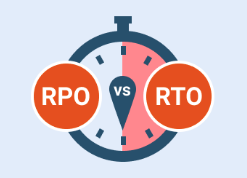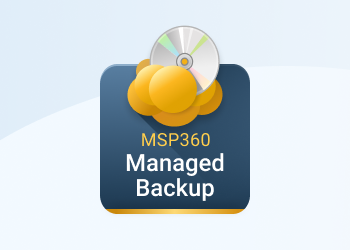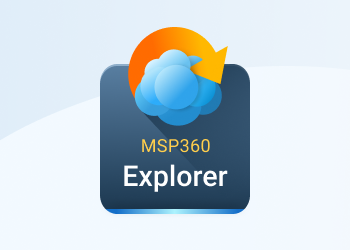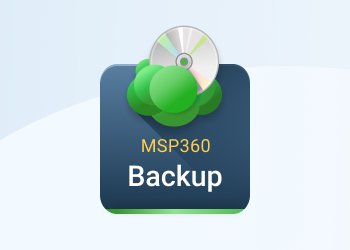We are happy to introduce MSP360 Backup for Microsoft 365 and Google Workspace 4.8, which brings a major addition to the storage experience – built-in managed cloud storage.
With this release, the need for third-party storage setup is entirely eliminated, configuration time is reduced, and administrators can start protecting Microsoft 365 and Google Workspace data immediately upon sign up. Continue reading
Introducing MBS Web Console 4.1
MSP360 Managed Backup Service (MBS) has been updated to version 4.1. The new release includes enhanced remote deploy functionality, support for new cloud regions, and a few other critical features. Continue reading
How to Sign Up for AWS & Back Up Data to Amazon S3 with MSP360 Backup
This post explains how to start backing up to Amazon S3 or Amazon Glacier using MSP360 Backup.
Backup Encryption Options Demystified
Encryption is everywhere: On your storage, on your network, over the Internet, and in the cloud. Encryption is about protecting your data from those who might otherwise use it to cause harm. It protects you from those who bypass security to access data within your organization, illegal access from outside, and provides protection for compliance. Your live data is the lifeblood of your organization and your backups protect your live data by letting you restore misplaced, damaged, stolen, or incorrectly edited data with versions that keep the business running. Continue reading
How to Back Up Oracle Database to Amazon S3, Microsoft Azure and more
Users who want to back up their Oracle databases to cloud storage using MSP360 Backup should take some extra actions to perform a cloud database backup.
Signup for Amazon S3 Service and Connect to It with CloudBerry Explorer
In this article, we will explain how to register an account in Amazon Web Services and start using Amazon S3 storage. To simplify data management in Amazon S3, we will use CloudBerry Explorer Freeware for Amazon S3.
Continue reading
GDPR and Data Storage Management
GDPR brings several major data management requirements for all basic solutions for businesses that deal with data of EU citizens, including businesses that do not operate in the European Union, but the process or store data of any person from the EU. In today’s article, we will focus on GDPR and data storage compliance.
How to Improve Security of S3 Buckets Using S3 Access Logs
Imagine the situation: you browse your Amazon S3 bucket and suddenly discover that some files are missing. Since Amazon S3 offers high durability, it leaves almost no chance for these files to disappear due to a system failure or disaster. Apparently, they were deleted by a user. How to find out who did that? Continue reading
Creating and Accessing Amazon S3 VPC Endpoint
We are always trying to stay on top of the new functionality introduced by Amazon. In this guide, we will describe how to create and access Amazon S3 endpoint in your VPC. Continue reading
Getting Back to Work. Doug Hazelman is Joining MSP360
When I left Veeam back in April 2017 I announced that I was taking the summer off to focus on myself and staying home for a bit. The summer turned into Fall and then Winter but I’m happy to say that I’m back in the game again working with MSP360 and their great set of products. You may notice that MSP360 has some relation to Veeam, most notable is that Ratmir Timashev (Veeam co-founder) is on their board. Continue reading
Introducing MSP360 Backup 2.3 for macOS & Linux
MSP360 software for Mac cloud backup and Linux cloud backup have been updated to support new Amazon S3 regions, new Microsoft Azure Archive & Cool storage tiers, and a new Linux distribution.
Continue reading
GDPR Overview: Key Terms and Regulation Summary
Businesses based in the European Union or businesses outside the EU working with EU citizen data are currently marking their calendars for May 25, 2018. That’s when GDPR is coming.
In this article, we will provide a general GDPR overview including the main terms and regulations that you should be aware of.














